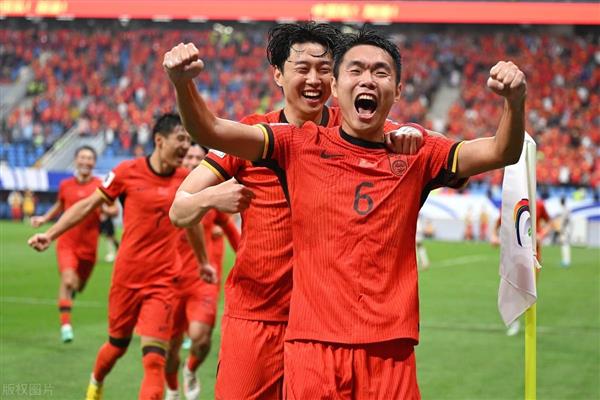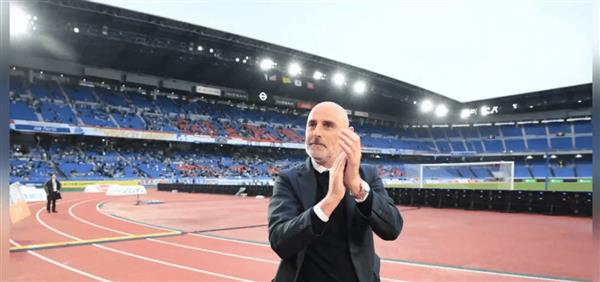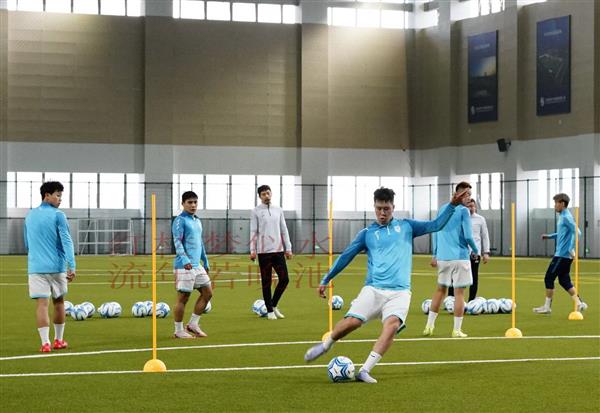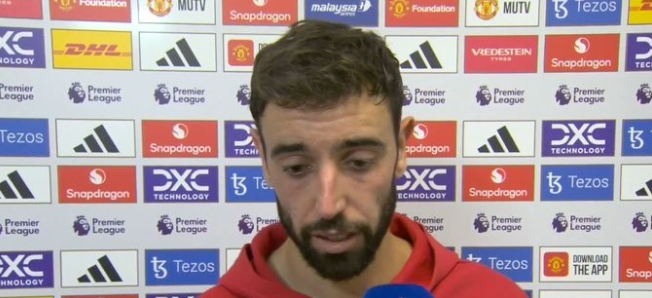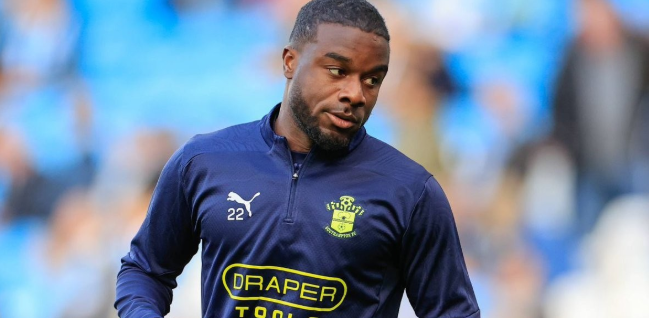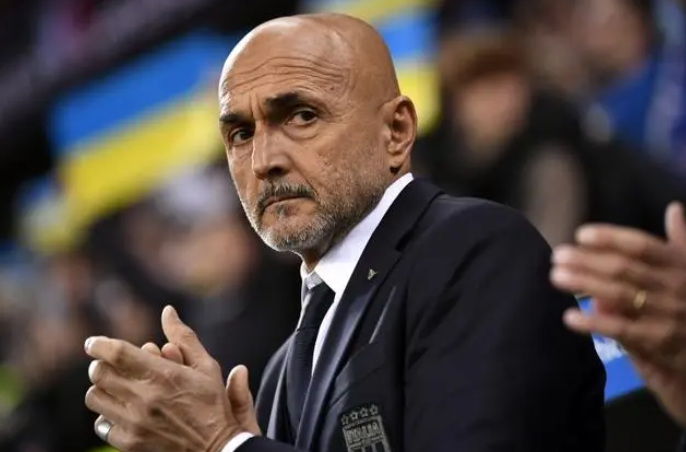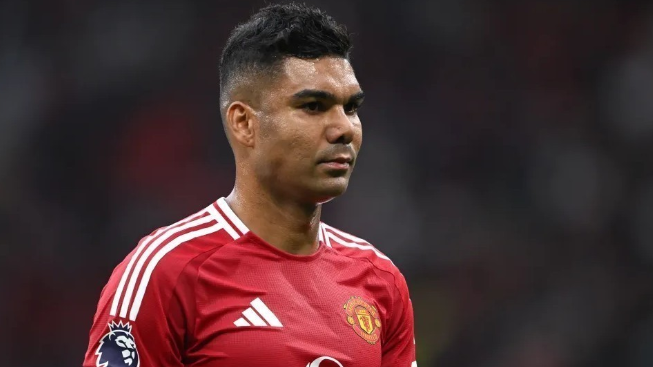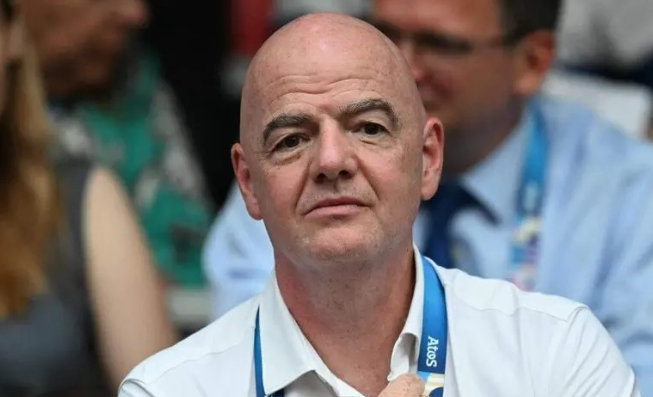
After the Meiji Restoration, there was a wave of modernization in Japan, of which Fukuzawa Yukichi's theory of subjugation was the most representative. He advocated that Japan should break away from the ranks of the backward East Asian cultural circle, and take European civilization as the main route. In addition to the Ranch studies that entered Japan in the early days, and the American culture after the Black Ship Incident, Japan also took lessons from the military of continental Europe, the army learned from Germany, while the navy took Britain as its teacher. It is said that the British instructor Archibald Douglas, who was invited to teach at the Japanese Naval Academy in 1873, and the thirty-three British naval soldiers who followed him to Japan, played soccer in their spare time, which was not only entertainment but also physical training, and the Japanese students later followed and started the same sport.
Although soccer was played in Japan from a very early stage, its development was rather slow, and it was not until 1921 that the Japan
soccer league
In addition to the fact that there are quite a number of popular sports in Japan, such as baseball and sumo wrestling, etc., which occupy a large sports market, it is more important to note that Japan has not regarded soccer as a key professional sport, but rather as a school sport and an amateur sport, and that the Japanese High School Football League, which was founded in 1918, is even more popular than the Japan
soccer league
Japan was founded much earlier, as a country with a thriving school sports scene and a not-so-minority soccer population, yet it was always a second-rate team. When the 1960s saw the emergence of Korea
national soccer team
When the ball started to rise and become hegemonic in Asia, Japan was even under the old mindset that soccer was a form of physical education in schools.
In 1981, the manga "Kippu Tein Tsubasa" began to be serialized, which can be said to be a work of influence on the history of world soccer, exaggerated action and character settings can be said to be out of the blue, out of touch with reality, but it set off a wave of soccer fever in Japan, especially in the manga's Brazilian soccer is extremely revered and imagined, so that the Japanese people are attracted to it, and many players have to go to Brazil to study soccer, and more importantly, it triggered the desire of the Japanese community for the future of football, the Japanese football world began to plan their way to the World Cup. More importantly, it sparked a desire for the future of soccer in Japan, and the Japanese soccer world began to plan their path to the World Cup.
Manga soccer kid Tsubasa makes Japan a soccer craze
Chira Miura is one of the pioneers of this generation, he went to Brazil at the age of fifteen to study the so-called technical soccer, his career in Brazil could not be considered a success, constantly moving between teams, but the impact he brought back to Japan was very positive, he returned to Japan in 1990, the same year Japan began the movement of professionalization of soccer, began to prepare for the professional soccer league, at that time, the professionalization of the world football world has long been the norm, compared to Korea across the Taiwan Strait, a full decade behind the development of this road. At that time, the professionalization of world football had already become the norm, and Japan was a full decade behind South Korea across the strait in this development path.
1993 was a year of mixed emotions for Japan. In May of that year, the J-League was officially established, and Chira Miura and Brazilian naturalized midfielder Ruy Ramos (瑠伟) took Japan's then-booming team to the qualifying rounds of the World Cup. After ten years of hard work, Japan brought in new coaches, naturalized foreign players, and developed a large number of homegrown talents, while completing the professionalization of football. At the same time, the professionalization of soccer was completed, and almost everyone was confident that Japan had a chance to qualify for the World Cup for the first time.
In the final round of the Asian qualifying tournament, Japan faced Iraq in Doha, Qatar. Japan was one point ahead of South Korea at the time, so if they could beat Iraq, Japan would go to the World Cup. If they drew with Iraq, and South Korea won the other match, the two teams would have to compare the goal difference, and Japan took the lead with a goal by Chira Miura. After being leveled in the second half, Japan's legendary striker Masashi Nakayama scored the second goal, and with victory in sight, the game came down to the wire when Iraq scored a corner kick, and after a short pass down the right created a cross, substitute Jaffar Omran headed in the equalizer, and then news came that South Korea had beaten North Korea 3-0, eliminating Japan from the tournament. Japan were eliminated from the World Cup with just thirty seconds to go.
In 1997, Japan made a comeback and challenged for the World Cup again. They were still blocked by South Korea in the Asian Top 10 group and had to play in the play-offs, but this time they managed to beat Iran and finally made history by reaching the World Cup for the first time, and the Miura generation represented by Chirashi Miura, Masashi Nakayama, and Hiroshi Kitazawa was successfully passed on to the Nakata generation represented by Hidetoshi Nakata and Nobuyoshi Kawaguchi who were almost ten years younger than them. In the 1998 World Cup in France, Japan's first experience ended with three consecutive losses in the group, but in the World Cup Youth Championship the following year, Japan reached the final, losing to Spain with Xavi and Casillas in the lineup. However, this Japanese team also produced the golden generation of Nobuji Ono, Junichi Inamoto, Hirohito Endo, Ogasawara, Koji Nakada, and Naotae Takahara.

